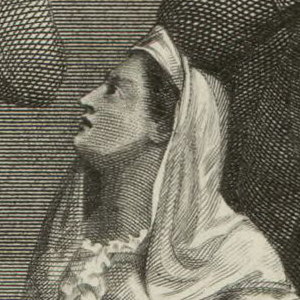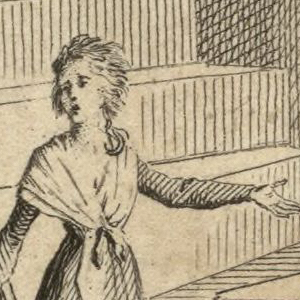Popular Culture
It’ll Be Okay
Popular during the early years of the French Revolution, this song’s lively tune and repetitive chorus expressed revolutionaries’ hopefulness about the future. Singers manipulated its malleable lyrics to address a broad range of topical issues.
Hymn of 9 Thermidor
This hymn commemorates the overthrow of Robespierre and the Committee of Public Safety by the men of the National Convention during the French Revolution. It had its debut performance on the first anniversary of that event (27 July 1795).
Hymn of 21 January
With lyrics drawn from a Republican Ode composed by the revolutionary poet Lebrun in 1793, this hymn commemorates the execution of France's Louis XVI.
Hymn for the Festival of Marriage
Although festivals drew much smaller audiences during the final years of the Revolution, the government continued to celebrate them. Now, however, they tended to commemorate apolitical events: thus a festival, and hymn, devoted to the subject of marriage.

The Counterrevolution
This cartoon mocks all the leading figures of the "Counterrevolution," including the former royal family and its blood relatives, plus the clergy, the nobility, and specific individuals, such as Mirabeau, who had supported the monarchy in the early years of the Revolution.

Tyranny Tremble
A very potent image associating France's revolutionary war with an attack on tyrants. Contemporaries would have understood the target, "tyrants," to be the monarchs.

Gallic Declaration of War, or, Bumbardment of all Europe
This scatological English cartoon mocks France’s claim that it was going to war for "liberty," suggesting instead that France’s body politic is ill and that England needs to fight back to defend itself from such sickness.

The Queen of Louis XVI King of France at the Guillotine, 16 October 1793
An idealized portrait of Marie Antoinette at the moment of death. Unlike the pale, aged woman the contemporaries observed, this later print memorialized a beautiful, absolutely pure, woman.

Execution of Marie Antoinette (16 October 1793) at the Place de la Révolution
This postcard in English and French does show the broader scene at the execution of the Queen. Before the guillotine stands Marie Antoinette with Sanson, the same executioner who had dispatched her husband ten months before.

Image of the Queen’s Defense
The trial of the Queen is here depicted in a tinted engraving by Jean Duplessi–Bertaux as part of his series of Historical Scenes of the French Revolution.